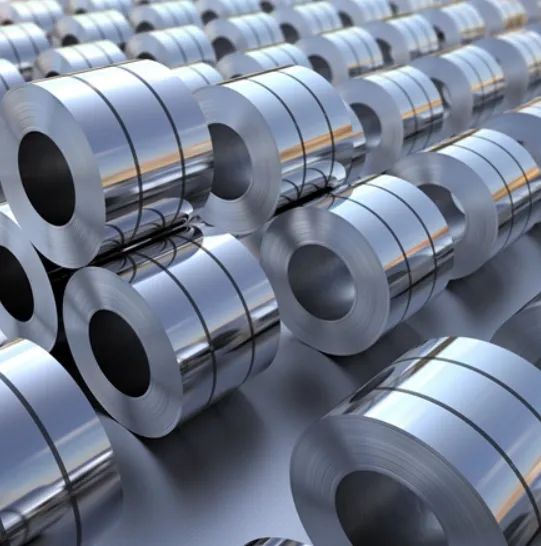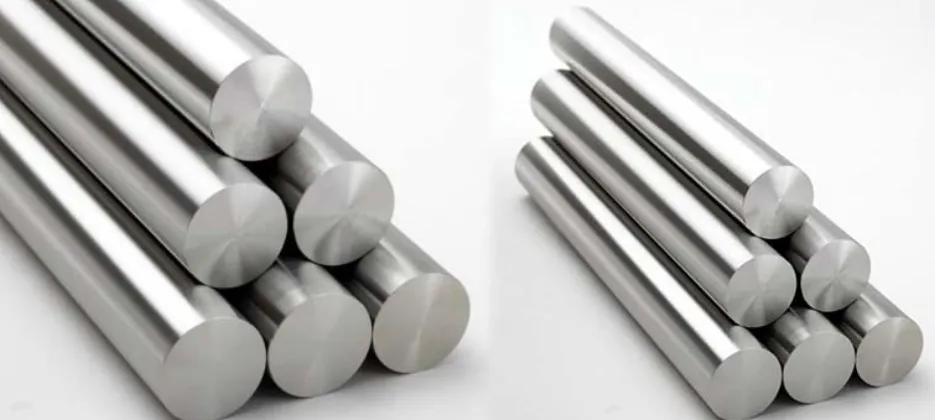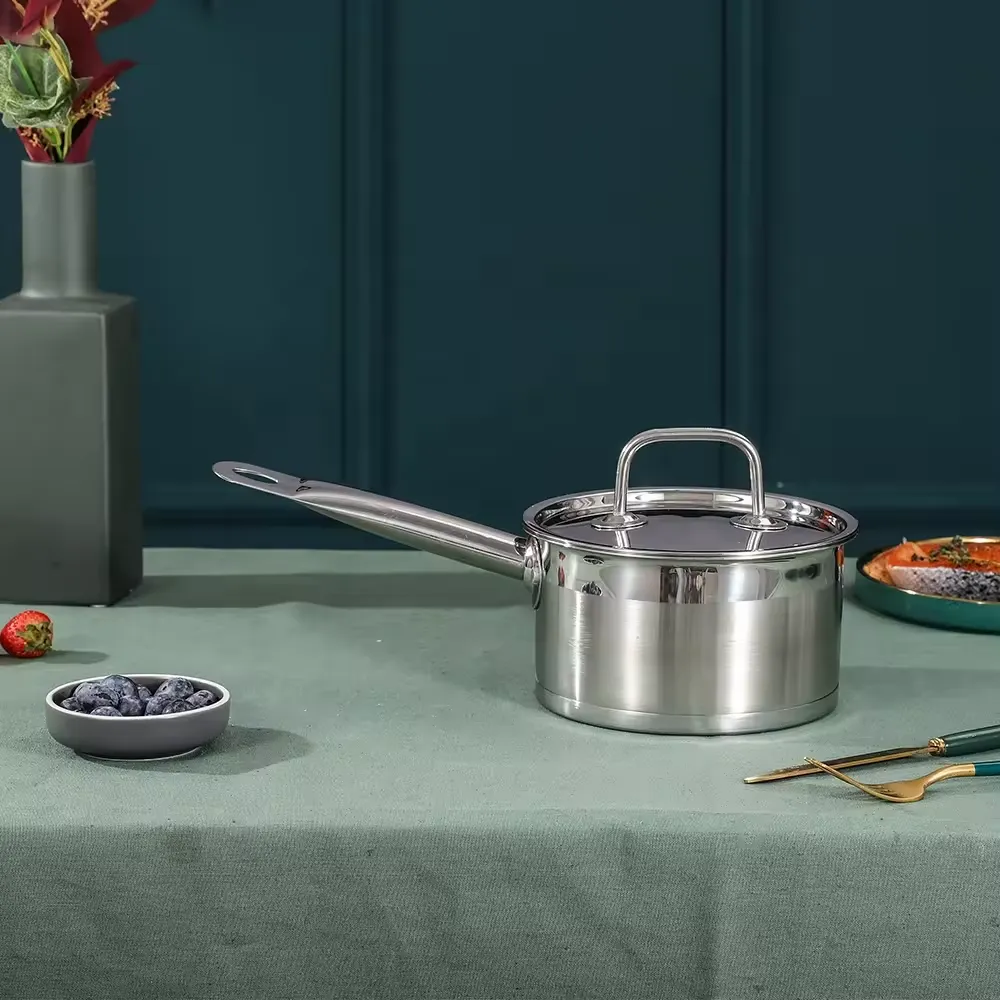We are a stainless steel kitchenware manufacturer that wholesales 201 and 304 stainless steel cookware.Very knowledgeable about the stainless steel industry.
Today, I’d like to introduce two types of stainless steel commonly found in our daily lives.
Food Contact Grades: 201&304
201 Stainless Steel
The commonly found stainless steel 201 in the market is an austenitic stainless steel. Its primary composition includes 16-18% chromium and 4-6% nickel. The main characteristic of 201 stainless steel is its relatively low cost while still maintaining a certain level of corrosion resistance.
Performance Characteristics:
1.Corrosion Resistance: The corrosion resistance of 201 stainless steel is superior to that of ordinary steel, but not as good as 304 stainless steel. It performs well in mildly corrosive environments (such as indoor dry environments), but may exhibit pitting and crevice corrosion in salt spray or chloride environments.
2.Strength and Hardness: 201 stainless steel has higher strength and hardness, making it suitable for applications requiring a certain level of strength.
3.Formability and Workability: It has good cold working properties and is suitable for processes like cold rolling and cold drawing. However, due to its higher manganese content, its weldability is relatively poor. Post-weld treatment is necessary to prevent corrosion in the welded areas.
4.Magnetic Properties: 201 stainless steel is non-magnetic in the annealed state, but may exhibit slight magnetism after cold working.

304 Stainless Steel
Stainless steel 304 is one of the most widely used types of austenitic stainless steel.Stainless steel 304 is one of the most widely used austenitic stainless steels. Also known as 18/8 stainless steel, it contains over 18% chromium and over 8% nickel, making it non-magnetic. It is known for its excellent corrosion resistance, durability, and good formability.Therefore, it is regarded as a higher grade Kochgeschirr aus rostfreiem Stahl.
Performance Characteristics:
1.Corrosion Resistance: Stainless steel 304 offers excellent resistance to a wide range of atmospheric environments and many corrosive media. It is particularly resistant to corrosion from acids and chloride solutions.
2.Strength and Toughness: It has good mechanical properties with high tensile and yield strength. It also maintains excellent toughness at both high and low temperatures.
3.Formability: 304 stainless steel can be easily welded and processed by standard shop fabrication practices. It exhibits good formability and can be deep drawn, making it suitable for the production of sinks, hollow-ware, and similar applications.
4.Hygiene: Due to its ease of cleaning and resistance to corrosion, 304 is ideal for Kitchenware manufacturing and food and beverage processing and preparation equipment.
5.Magnetic Properties: 304 stainless steel is non-magnetic in the annealed condition but may become slightly magnetic when cold worked.

In conclusion, both stainless steel 201 and 304 are commonly found in our daily lives. Stainless steel 201 is widely used in households, schools, and restaurants for making lower-end cookware and utensils. On the other hand, 304, due to its higher cost, is suitable for high-end restaurants, homes, and commercial kitchens, where it is used to make premium knives, utensils, ovens, and cookware. The choice between them depends on your specific needs!

